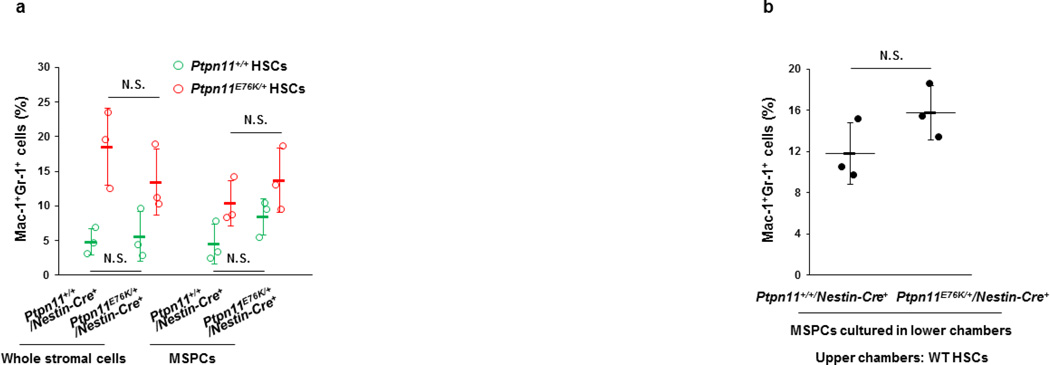Extended Data Figure 5. Ptpn11E76K/+ MSPCs do not directly activate HSCs.
BM-derived MSPCs were enriched from Ptpn11E76K/+Nestin-Cre+ and Ptpn11+/+Nestin-Cre+ mice, as described in Methods. MSPCs at the 2nd or 3rd passages were plated in regular 24-well plates (a) or lower chambers of transwells (b). Forty-eight hours later when the cells were confluent, HSCs (75–200) (Lin−Sca-1+c-Kit+CD150+CD48−Flk2−) sorted from Ptpn11E76K/+Mx1-Cre+ and Ptpn11+/+Mx1-Cre+ mice (8 weeks after pI–pC administration) were seeded in the same wells (a) or in upper chambers with the 0.4 µm pore size (b). The cells were co-cultured in StemSpan medium supplemented with cytokines TPO (50 ng ml−1), Flt3 ligand (50 ng ml−1), SCF (50 ng ml−1), IL-3 (20 ng ml−1), and IL-6 (20 ng ml−1). Frequencies of myeloid (Mac-1+Gr-1+) cells that differentiated from HSCs were assayed by FACS analyses after 7–10 days of co-culture. Experiments were performed three times and similar results were obtained in each (see Supplementary Information). Results shown are mean ±s.d. of triplicates from one experiment; N.S., not significant. Source data are available online.

